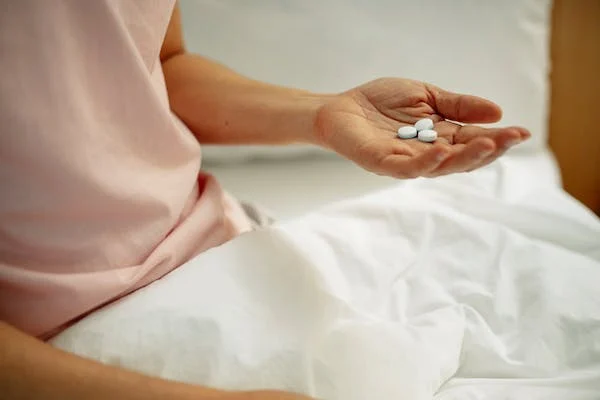With approximately 3.95 billion women worldwide, menopause is a shared experience that unites women across the globe. In the UK, the average age of menopause is 51 years old. But what exactly happens during this transformative stage in a woman’s life? Let’s explore the journey through menopause, the role of hormones, and how they can impact joint health.
The Menopause Journey:
Menopause is officially reached when a woman has gone through 12 consecutive months without a period. However, the time leading up to this milestone is known as perimenopause. During perimenopause, hormonal shifts take centre stage. Eostrogen and progesterone levels fluctuate, giving rise to the well-known symptoms of menopause, such as irregular periods, hot flashes, night sweats, and mood swings.
The Hidden Link: Estrogen and Joint Health:
While we often associate menopause with the more visible symptoms, there’s a hidden link between estrogen and joint health. Eostrogen receptors are not limited to the reproductive system; they’re also found in the synovium of joints. As estrogen levels decline in the lead-up to menopause, joint pains and stiffness can emerge.
Osteoarthritis and Menopause:
Osteoarthritis, the most common form of arthritis in both men and women, is often linked to age-related wear and tear on our joints. Interestingly, it’s more prevalent in women than men and tends to increase in incidence after the age of 50.
Menopause and Arthritis:
Here’s the critical insight: women heading into menopause may also find themselves on a fast-track course to experiencing arthritis symptoms. It’s common for a woman in her mid-40s to notice morning joint stiffness, which can take about half an hour to alleviate.
Seeking Help:
Statistics reveal that 25% of women over 45 will consult their GP about joint pains, typically in the neck, knees, and hands. Furthermore, 50% of women over the age of 50 will present with typical symptoms alongside classic menopause-related issues. Often, these symptoms resolve within 2-5 years, aligning with the duration of menopause symptoms.
The Role of Hormone Replacement Therapy (HRT):
Research has shown that hormone replacement therapy (HRT) can provide relief from joint pain and stiffness during menopause. This underscores the clear link between arthritis around menopause and estrogen deprivation.
Conclusion and Caution:
In summary, joint pain and stiffness during the menopause transition are common issues linked to estrogen fluctuations and declines. However, it’s crucial to note that these symptoms can also be early signs of inflammatory arthritis, endocrine disorders, or malignancies. Therefore, it’s essential to rule out these potential underlying causes before considering HRT or other treatments. If in doubt, seeking guidance from your doctor or a rheumatologist is highly advisable.
References:
- “Menopause and HRT are important aetiological factors in Hand Osteoarthritis; results from a cross-sectional study in secondary care,” Professor Fiona Watt, Kennedy Institute of Rheumatology, University of Oxford, UK.
- “Menopause Arthralgia, Fact or Fiction,” Maglorzata Magliano, Maturitas 2010.

